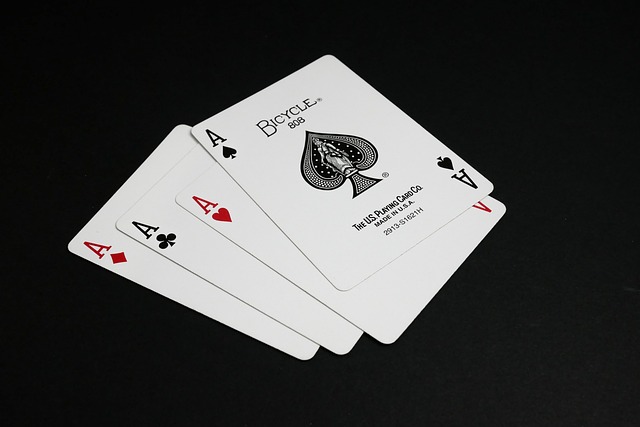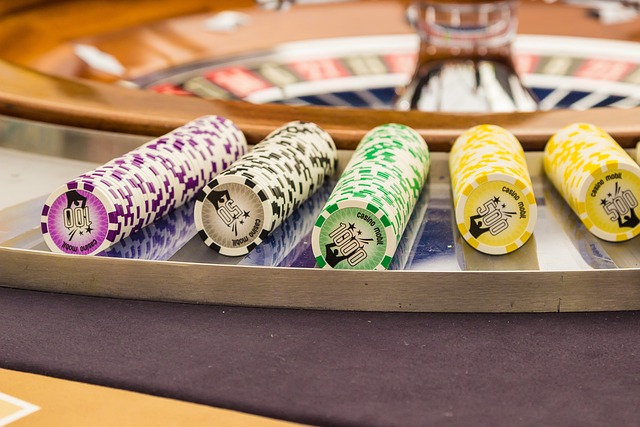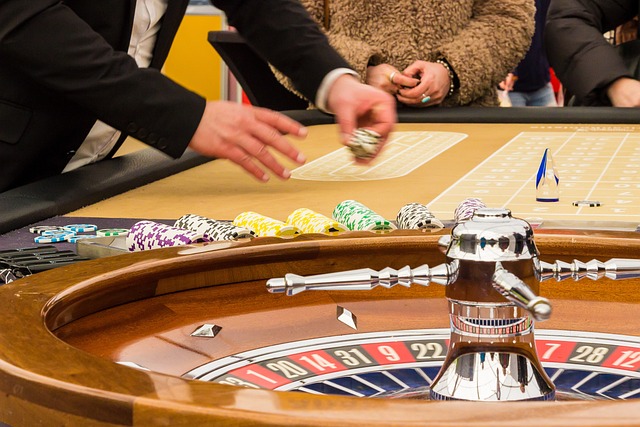
The all-in in poker is one of the most emblematic plays of this fabulous strategy game. It is the one that appears in the movies, it is the one that causes victories in epic games and it is the one that is told to friends after an epic game. The small pots won are the most important, but nobody talks about them. All-ins in poker are awesome, everyone loves them and wants to know how to do them.
Precisely, in this article you will find a good explanation and compilation of how and especially when it is a good idea to make an all-in in poker. What’s more, you will find something that is just as or more important, that is, precise indications of when you should not make an all-in, within how variable the game can be. In fact, the need to know how to do it is based on the need to know how not to do it as well. And vice versa. In other words, to know how and when to bet all your chips, you need to know how and when not to.
What is an all in in poker? First of all, let’s review the meaning of all-in in poker, in case you’re just starting out. The Spanish translation is “all in” or “go all in”, and it means betting all your chips in one play. Either in response to a raise or, from the outset, you play all your chips for your hand.
When to go all-in in poker
It goes without saying that poker is not a 100% squared game and that you must adapt to different situations, but even so, we can establish some cases in which an all-in in poker is justified and a good idea. . You should not take it as something exact, and it should be your tastes and your way of interpreting the game that adapt these guidelines. How do you play an all-in?
When few chips remain: If after a bad move, a bad beat or any unpleasant situation, you are left with few chips, you will probably be out of the game and with little room to play. But if instead of being left out you have been left with few chips, you are in luck, you have the option of re-enlisting. If you only have a few times the blind, and when the big blind touches you it is going to ‘eat’ a good part of your chips, you should ask yourself: “Will I have a better hand?” If the answer is “no”, all-in and hope for luck.
When you are ‘committed’: This is a double-edged sword. Unlike the previous point, this should only be one more factor to take into account. For example, if we have put 500 chips in a pot and we have 100 left, for a pot of 1200, it is common to say that “we are committed”. That is to say, we have invested so much in a boat that it is worth dying in it. That is not always so. If we doubt but we see options to win, it is a factor to go with everything. Either with a good hand, but with the option of a better one on the table, or with a project with a card that makes us winners.
Being ‘committed’: clarification: But being committed to a pot is often an excuse for the laziest not to worry about a hand. And it shouldn’t be like that. That is to say, players who do not want to play complicated hands and in situations of the previous point decide to put the automatic pilot. If we see clearly that we will lose, even though we have bet a lot in that hand, it is better to leave on time and keep chips to continue playing, no matter how much we have bet.
When NOT to go all-in in poker

In poker movies you see spectacular hands with huge bets. AA, straight flush, full-house etc. And they are hands in which it is good to go all-in in poker in some cases, but not always. When should we avoid even all-in in these cases?
All-in when hitting a monster: If we hit a straight, a flush or a full-house or a set on the flop, the first three cards, we can make a very serious mistake if we are newbies. In these cases, we should never go all-in. We must show weakness if we have the ‘nuts’, always prioritizing the ‘call’ and the ‘check’. Not because we lose chips, as in the previous case, but because we stop winning. The opportunity cost of a big bet that scares our opponent in this case is very high if we do not apply some advanced poker strategies.
Go all-in with a good hand preflop: AA, KK or AK would come in here, for example. Even AQ or QQ. They are hands that justify an all-in in poker (especially the first three) if we have several players hooked on the hand. One raise and two calls, several raises or several calls, for example. It is not interesting to scare, but for each hooked player there are options that link something. Now, if we only see the AA we go all-in, we will not win anything, in line with the previous point.
Best times to go all-in

In advanced moments of the game, such as heads-up, the all-in can be interesting, although risky. Some hands, such as a low pair or ‘suited’ connectors, increase their value considerably. A 44, for example, is not a great hand, but in heads-up play, with very aggressive play, there is little chance that your opponent will have a better hand. Although in advanced phases of the game your ability to read your opponent, place him in the different ranges of hands and know whether to go all-in in these phases of poker (or not) will also take on special meaning. Of course, if you’re going one-on-one, he won’t (usually) be a bad player either, and he’ll have his strategies to make it difficult for you. At this point, you just have to practice, practice and practice to get the most out of your hands and know whether to push, check, moderately raise or fold.
It is very interesting to take advantage of the different welcome bonuses offered by some of the bookmakers to learn how to play poker for free. In this way, you will have a higher budget to start playing and to make rookie mistakes without affecting your budget (much). Poker articles can be very interesting to complement your game, but they can never replace them when it comes to learning to take your first steps.


